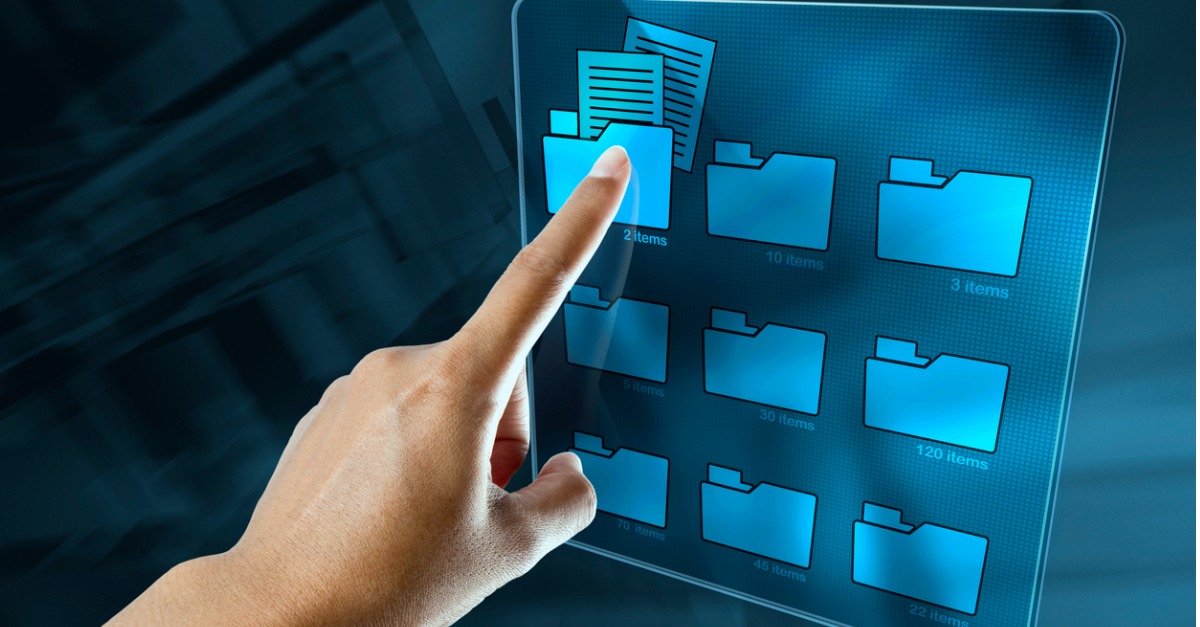
In a world where important and confidential corporate information is being communicated largely by email, it’s not surprising that data archiving has become a necessity for organizations. Archiving drives better data management and discovery. More importantly, it gives organizations peace of mind knowing that all their compliance, eDiscovery, and storage management needs are met. Here are the top 10 things you need to know about archiving.
1. Save Money
By archiving your email, you can store older data on inexpensive, long-term storage instead of keeping everything on more expensive server storage. Although backup tapes are the cheapest storage media available, restoring and searching through data from tapes is expensive and time-consuming. Archived data, however, is indexed and always available, eliminating the cost of data restoration.
2. Drive Compliance
Email archiving helps address the needs of many industries for regulatory compliance. Various archiving, retention, and email usage policies can be created and regularly tweaked to meet any organization’s requirements, ensuring easy and ongoing adaptability to changing laws and regulations.
3. Improve Server Performance
Keeping thousands of email messages on the live email server bogs it down and diminishes performance. By implementing an email archiving solution, you can keep only the newest and most relevant data on the server and store the bulk of older data in the archive. Moreover, because end users will use the archiving system to search for email messages, the load on your email server will be greatly reduced.
4. Save Storage Space
With email messages containing attachments constantly being sent and circulated to multiple recipients within your organization, the amount of data needing to be stored quickly adds up. By implementing the right archiving solution, however, you can store the bulk of the data in the archive and take advantage of the solution’s space-saving features. Many solutions offer a stubbing functionality to help you better manage mailbox sizes, and some even allow for single-instance storage, whereby only a single copy of any archived message attachment is retained in the archive.
5. Always Ready to Meet Legal Discovery Requirements
In the case of a lawsuit, retrieving old email easily and as quickly as possible is crucial. The fact that archived email is indexed allows administrators to respond to eDiscovery requests quickly and cost-effectively, significantly reducing risk and liability. Archiving your data will reduce your eDiscovery costs and increase your efficiency and timeliness in responding to requests.
6. Retrieve Data Quickly
Gone are those endless searches through old email messages that leave you empty-handed or don’t bring up what you’re looking for. Unlike conventional backup solutions, an email archiving solution indexes your data. This makes the data searchable and allows you to quickly find and retrieve all the information you need, saving you both time and money.
7. Eliminate the Need for PST, NSF, and Native GroupWise Archives
If your organization functions in an environment that has email quotas, your end users may be relying on Outlook’s built-in archiving tools to store old emails on their personal computers. Archived data can therefore be accessed only through end-users’ individual computers. And because backups are nonexistent, all archived data may be lost in the event the hard disk crashes. An email archiving solution, on the other hand, can store large amounts of data and move end-user data to archival storage automatically, eliminating the need for PST archives, native GroupWise archives, and NSF files. In addition, the right archiving solution can locate and import all existing individual archives that are scattered throughout your organization and consolidate the data in a centralized archive repository.
8. Disaster Recovery
While an email archiving solution can’t replace conventional backups in the event of a disaster, it does at least ensure that your data is secured at two different locations. Thus, during the disaster recovery process, users can still access their old email messages through the archiving system. Furthermore, an email archiving solution reduces the amount of data on the live mail server, thus reducing the time needed to recover data.
9. Save Time for IT and End Users
Many organizations implement quotas on the size of mailboxes that force end-users to delete email messages and attachments from their inbox regularly. With increasing message sizes and size limits comes the additional burden on IT to create mailbox-size policies and on end-users who have to spend more time managing their mailboxes to stay within the limitations imposed by IT. With an archiving solution, you can create policies that automatically archive messages after a specified time period. End users, therefore, don’t have to worry about cleaning up their mailboxes and IT doesn’t have to remind them to do it.
10. Prepare for, or Streamline, Migration
Email migrations, such as migrating from one email platform to another, are huge undertakings. Implementing an email archiving solution, however, can allow your organization to remain online throughout the entire migration process, without having to endure any downtime. Furthermore, by archiving your data first, you can choose how much information you want to keep in the archive and how much you want injected into the new system. This can be especially beneficial for large organizations with a considerable amount of data.


